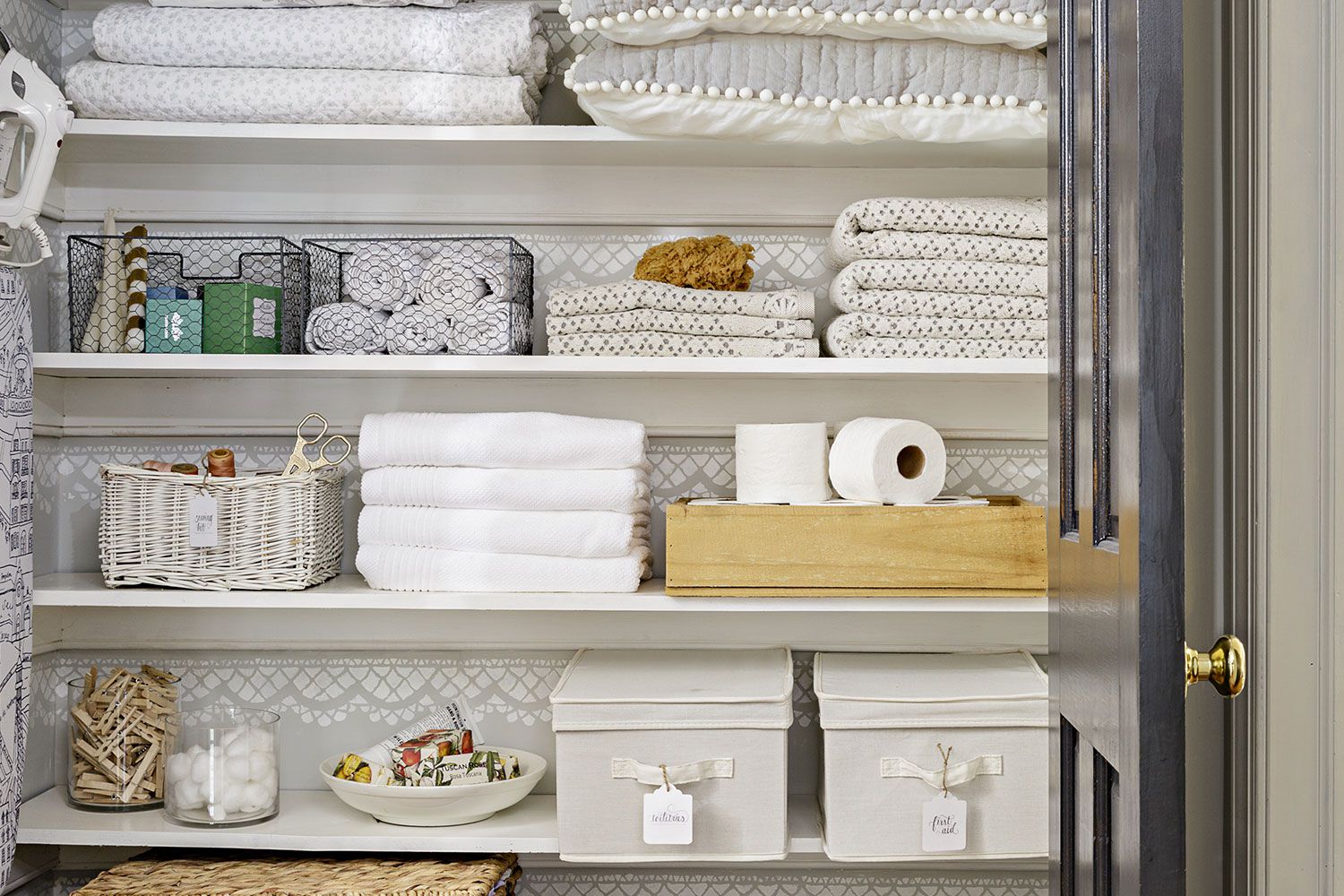

Articles
How To Store Sheets And Blankets
Modified: August 28, 2024
Discover the best way to store your sheets and blankets with our helpful articles. Keep your linens organized and protected for longer use.
(Many of the links in this article redirect to a specific reviewed product. Your purchase of these products through affiliate links helps to generate commission for Storables.com, at no extra cost. Learn more)
Introduction
When it comes to keeping your home organized, one commonly overlooked area is the storage of sheets and blankets. These essential bedding items can quickly become a tangled mess if not properly stored, leading to frustration when you need to locate them. Moreover, improper storage can cause wrinkles, creases, and even damage to your sheets and blankets over time.
In this article, we will guide you through the process of storing sheets and blankets effectively. By following these simple steps, you can maintain the quality of your bedding while keeping your linen closet neat and tidy.
So, let’s dive in and learn how to fold, organize, and store sheets and blankets with ease!
Key Takeaways:
- Master the art of folding, organizing, and storing sheets and blankets to maintain their quality and accessibility. Utilize labeled bins, dividers, and proper folding techniques for a clutter-free linen closet.
- Keep your home organized and visually appealing by implementing effective storage solutions for sheets and blankets. Utilize breathable fabric bags, labeled storage containers, and under-bed storage to maintain optimal condition and accessibility.
Read more: How To Store Nori Sheets
Step 1: Folding Sheets
The first step in properly storing sheets is to learn the art of folding them neatly. Folding sheets not only saves space but also prevents them from slipping out of the storage area. Here’s how you can fold your sheets like a pro:
- Start by laying the sheet flat on a clean surface, with the elasticated corners facing up.
- Tuck in any frayed edges or loose threads to ensure a smooth fold.
- Bring one corner of the sheet to the opposite corner, creating a triangle shape.
- Straighten out the edges of the triangle to form a straight line.
- Next, fold the sheet into thirds lengthwise, bringing one side over the center and then folding the other side on top.
- Smooth out any wrinkles or creases as you fold.
- Finally, fold the sheet into thirds widthwise, creating a compact and uniform rectangle.
By folding your sheets in this manner, you’ll have neatly organized sheets that are easy to store and locate when you need them.
Step 2: Organizing Sheets
Once you have mastered the art of folding sheets, the next step is to organize them in a way that makes them easily accessible. Here are some tips to help you organize your sheets efficiently:
- Sort your sheets by size and type. Keep fitted sheets, flat sheets, and pillowcases together for each bed size.
- Consider using dividers or labeled bins to separate different sheet sets. This will make it easier to find the specific sheets you need.
- If you have limited storage space, consider storing sheet sets inside pillowcases. This keeps everything together and prevents mismatched sheets.
- Label storage containers or shelves with the bed size or type of sheets stored inside. This will make it quick and easy to locate the sheets you need without searching through every container.
- If you have multiple sheet sets for each bed, stack them neatly on top of each other to save space.
Remember, the key to organizing sheets is to create a system that works for you and your space. Whether you prefer to store them in containers, on shelves, or in a dedicated linen closet, choose a method that is practical and convenient for access.
Step 3: Storing Sheets
Now that you have properly folded and organized your sheets, it’s time to find the perfect storage solution. Here are some tips for storing sheets effectively:
- Choose a clean and dry storage area. Ideally, a linen closet or a dedicated storage shelf would be ideal for keeping your sheets in pristine condition.
- Avoid storing sheets in direct sunlight or areas with high humidity, as this can cause discoloration and damage to the fabric.
- If using plastic or airtight containers, make sure your sheets are completely dry to prevent mildew or musty odors.
- If you choose to store your sheets on open shelves, place them in a neat stack with the fitted sheet, flat sheet, and pillowcases all aligned.
- Consider using shelf dividers or fabric-covered storage boxes to keep your sheets separated and tidy.
- If you have limited storage space, you can also use vacuum-sealed bags to compress and shrink the size of your sheet sets, making them easier to store.
- Label the storage containers or shelves with the bed size or type of sheets to make it easy to locate the correct set.
By following these tips, you’ll be able to store your sheets in a way that keeps them clean, organized, and easily accessible whenever you need them.
Store sheets and blankets in a cool, dry place to prevent mildew and musty odors. Consider using airtight storage bags or containers to keep them fresh and protected from pests.
Step 4: Folding Blankets
Folding blankets properly is essential for maintaining their shape and avoiding unnecessary wrinkles. Here’s how you can fold your blankets like a pro:
- Start by laying the blanket flat on a clean surface.
- Smooth out any wrinkles or creases on the blanket.
- Fold one side of the blanket to the center, then fold the other side to overlap the first fold.
- Smooth out the edges and corners of the blanket as you fold.
- If the blanket is large, you can fold it in half one more time to create a more compact size.
By folding your blankets neatly, you’ll not only save space but also make them easier to store and retrieve when needed.
Read more: How To Store Sheet Sets
Step 5: Organizing Blankets
Once you have folded your blankets, the next step is to organize them in a way that keeps them easily accessible and visually pleasing. Here are some tips for organizing your blankets:
- Separate blankets by type or size. Keep similar blankets together, such as throw blankets, comforters, or bedspreads.
- If you have blankets of varying thickness, consider stacking them with the thickest at the bottom and the lighter ones on top. This will prevent heavy blankets from crushing lighter ones.
- You can use dividers or bins to separate different types of blankets, making it easier to find the specific one you need.
- If you want to display your blankets, consider using a blanket ladder or decorative basket to keep them organized and within reach.
- Label storage containers or shelves with the type or size of blankets stored inside. This will save you time when searching for a specific blanket.
- If you have limited storage space, consider utilizing under-bed storage containers or vacuum-sealed bags to maximize the available space.
Remember, the goal of organizing blankets is to create a system that works best for you and your storage space. Choose a method that allows for easy access, keeps blankets tidy, and complements the overall aesthetics of your home.
Step 6: Storing Blankets
Now that your blankets are neatly folded and organized, it’s time to find the best storage solution to keep them in top condition. Here are some tips for storing blankets effectively:
- Choose a clean and dry storage area, such as a linen closet, wardrobe, or under-bed storage space.
- Make sure the storage area is well-ventilated to prevent musty odors and mold growth.
- Avoid storing blankets in direct sunlight, as it can cause fading and deterioration of the fabric.
- Consider using breathable fabric bags or garment covers to protect blankets from dust and insects without trapping moisture.
- If using plastic storage bins, make sure the blankets are completely dry before placing them inside to prevent moisture accumulation.
- Opt for stackable storage containers or storage shelves to maximize space and keep blankets organized.
- Label the storage containers or shelves with the type or size of blankets stored inside for easy identification.
- If storing blankets in vacuum-sealed bags, ensure they are folded properly before sealing to avoid compressing them too tightly.
By following these storage tips, your blankets will remain clean, fresh, and ready to use whenever you need them.
Conclusion
Properly storing sheets and blankets not only helps keep your home organized but also extends the lifespan of these essential bedding items. By mastering the art of folding, organizing, and storing, you can maintain the quality of your sheets and blankets while ensuring they are easily accessible when needed.
Remember to fold your sheets neatly, separating them by size and type to make it easier to locate the right set. Utilize storage containers, labeled bins, or even pillowcases to keep sheet sets together and maintain their organization. When it comes to blankets, folding them properly and organizing them by type or size ensures easy access and prevents unnecessary creasing or damage.
Choose a clean, dry storage area that is well-ventilated to keep your sheets and blankets in optimal condition. Consider using breathable fabric bags, plastic containers, or vacuum-sealed bags to protect them from dust, moisture, and pests.
By implementing these steps and maintaining an organized system, you can transform your linen closet or storage spaces into functional and clutter-free areas. Not only will this make it easier to find and use your sheets and blankets, but it will also contribute to a visually appealing and peaceful home environment.
So, say goodbye to tangled sheets and messy blankets. Follow these steps, and enjoy the satisfaction of well-organized and well-preserved bedding items!
Frequently Asked Questions about How To Store Sheets And Blankets
Was this page helpful?
At Storables.com, we guarantee accurate and reliable information. Our content, validated by Expert Board Contributors, is crafted following stringent Editorial Policies. We're committed to providing you with well-researched, expert-backed insights for all your informational needs.
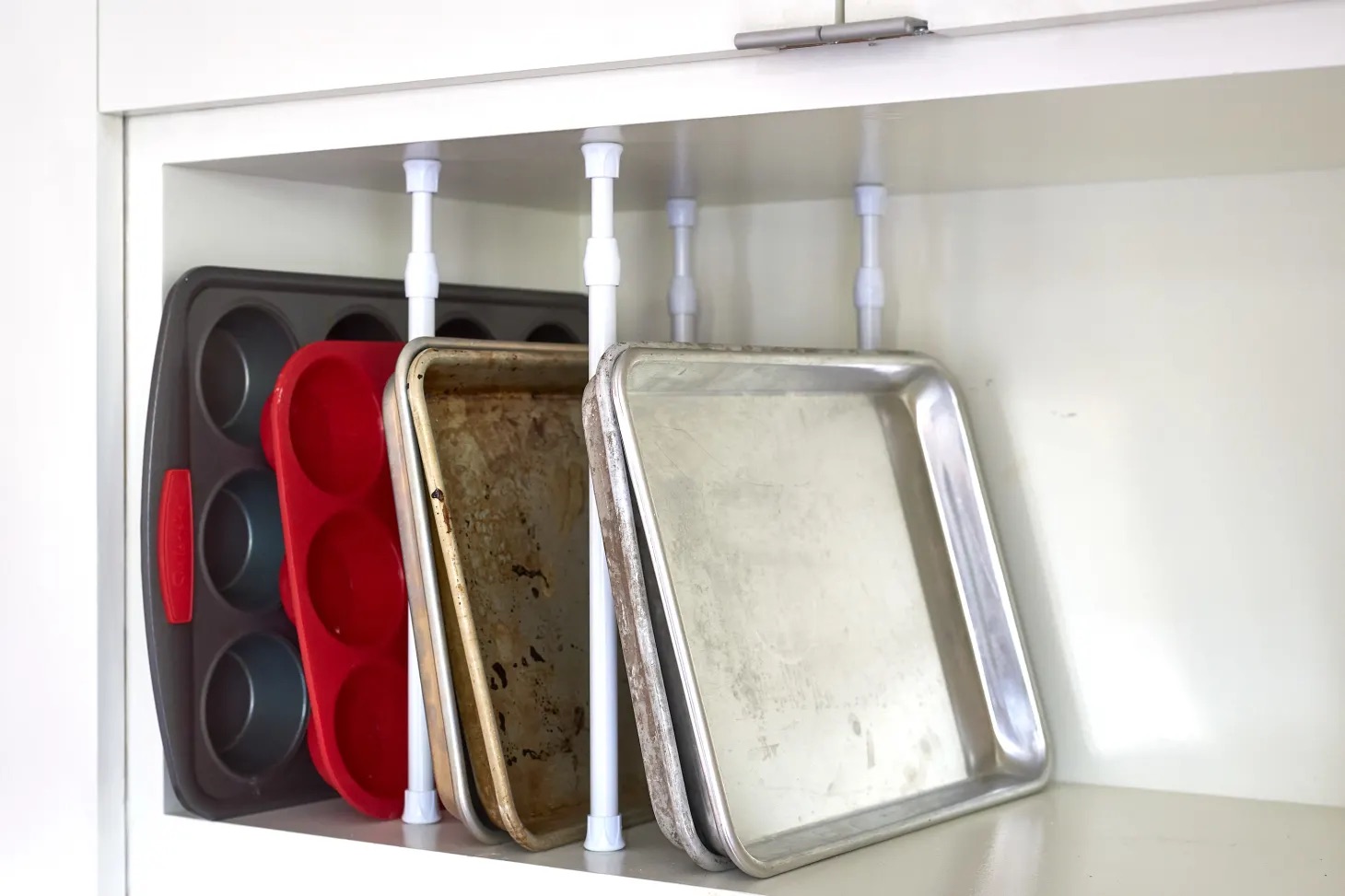

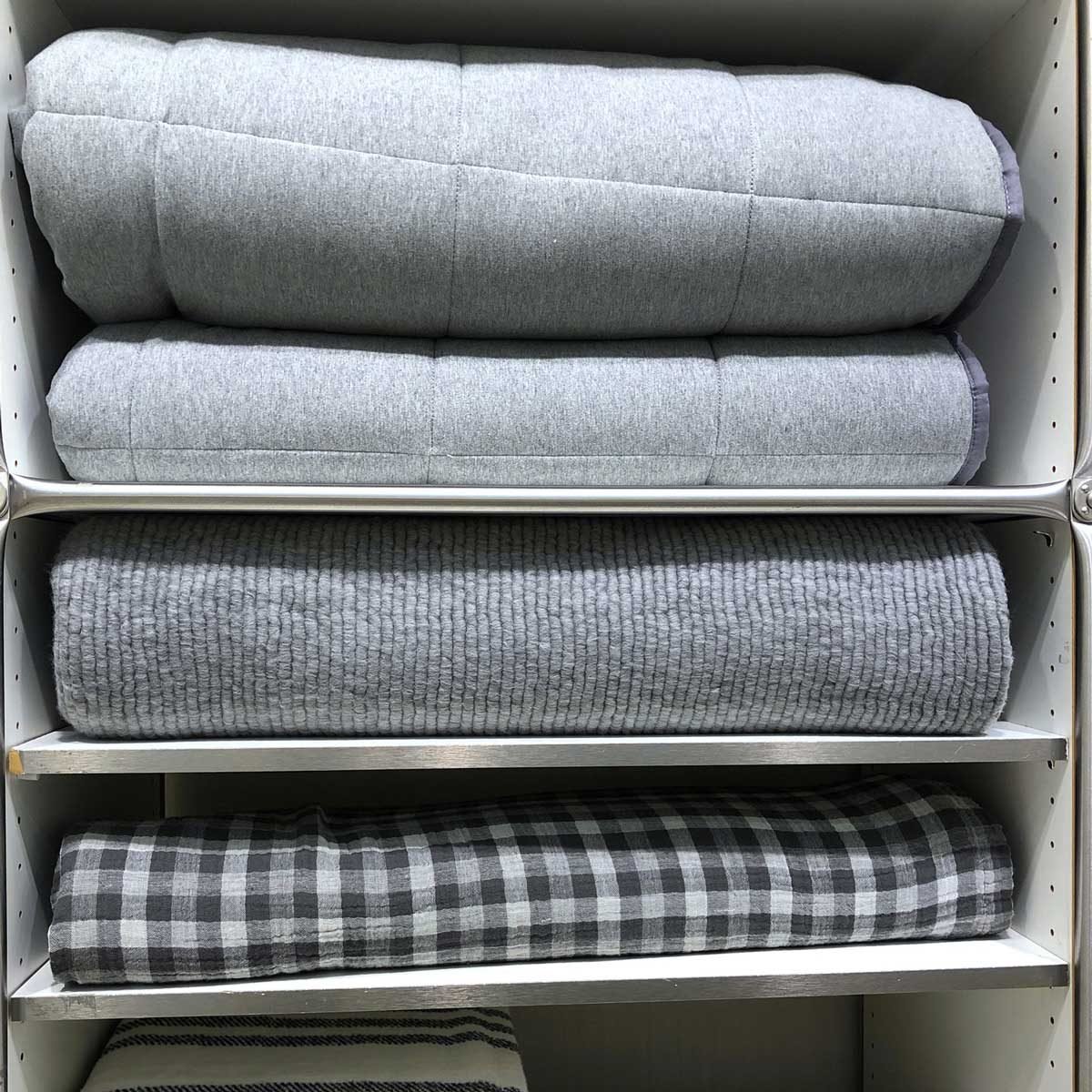
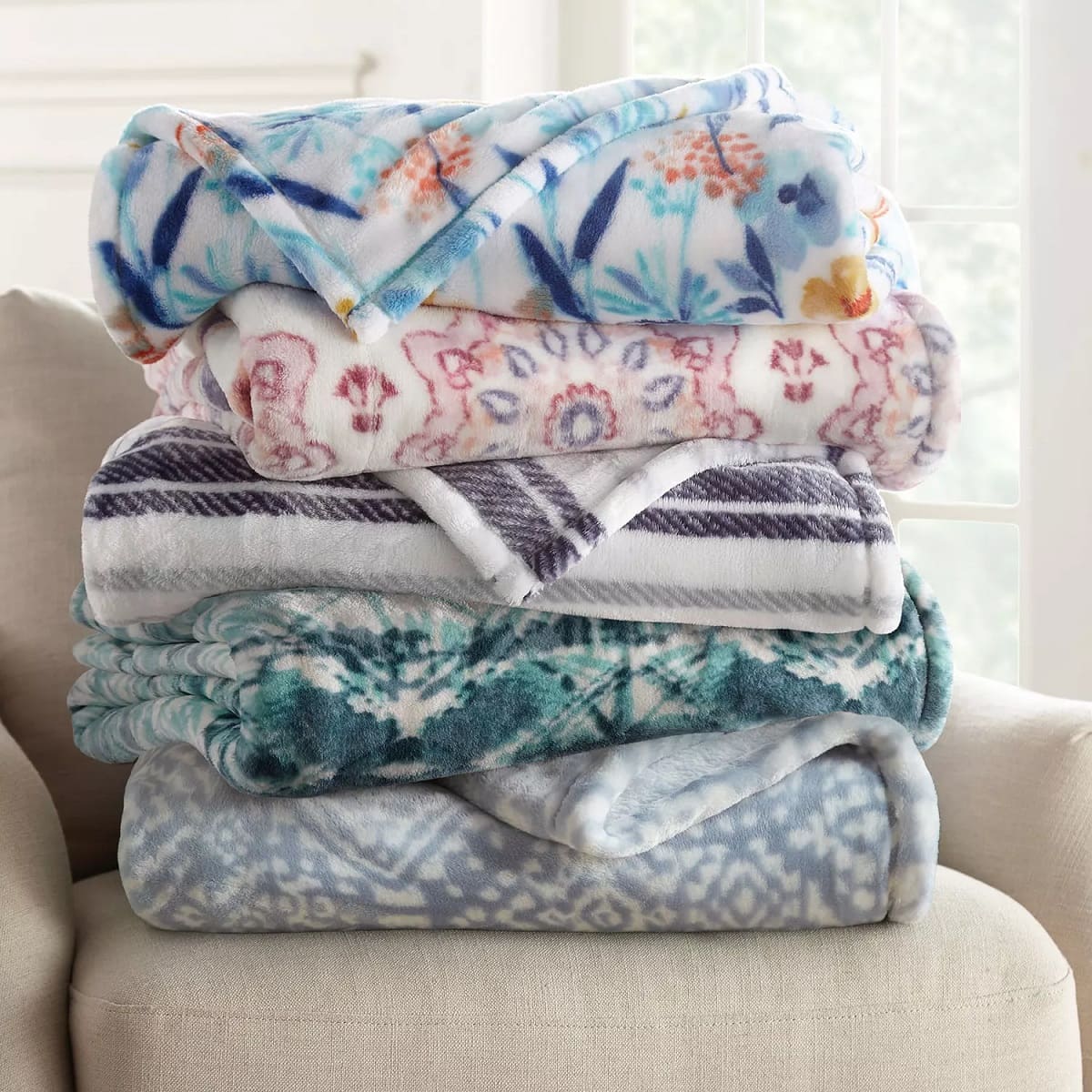
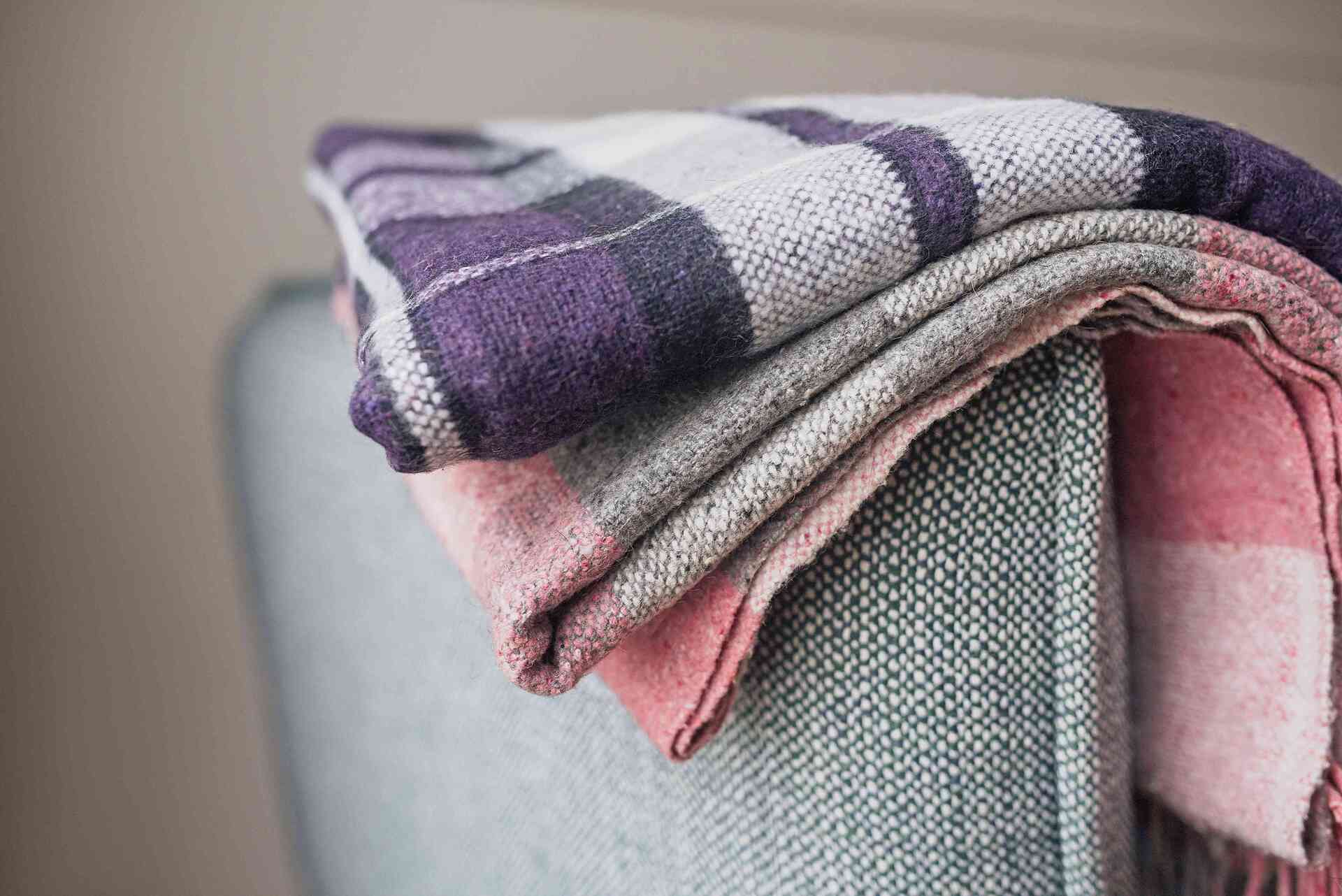

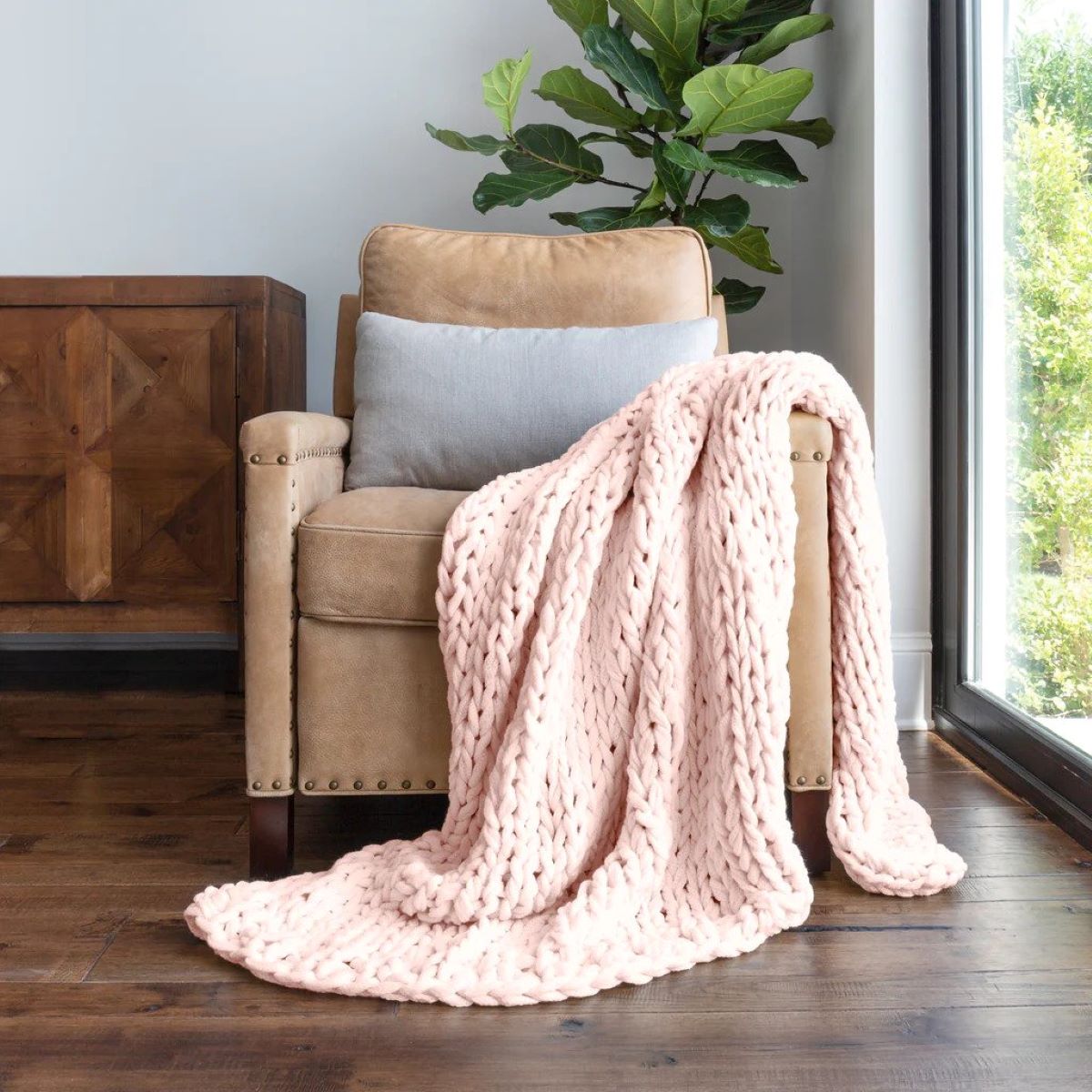
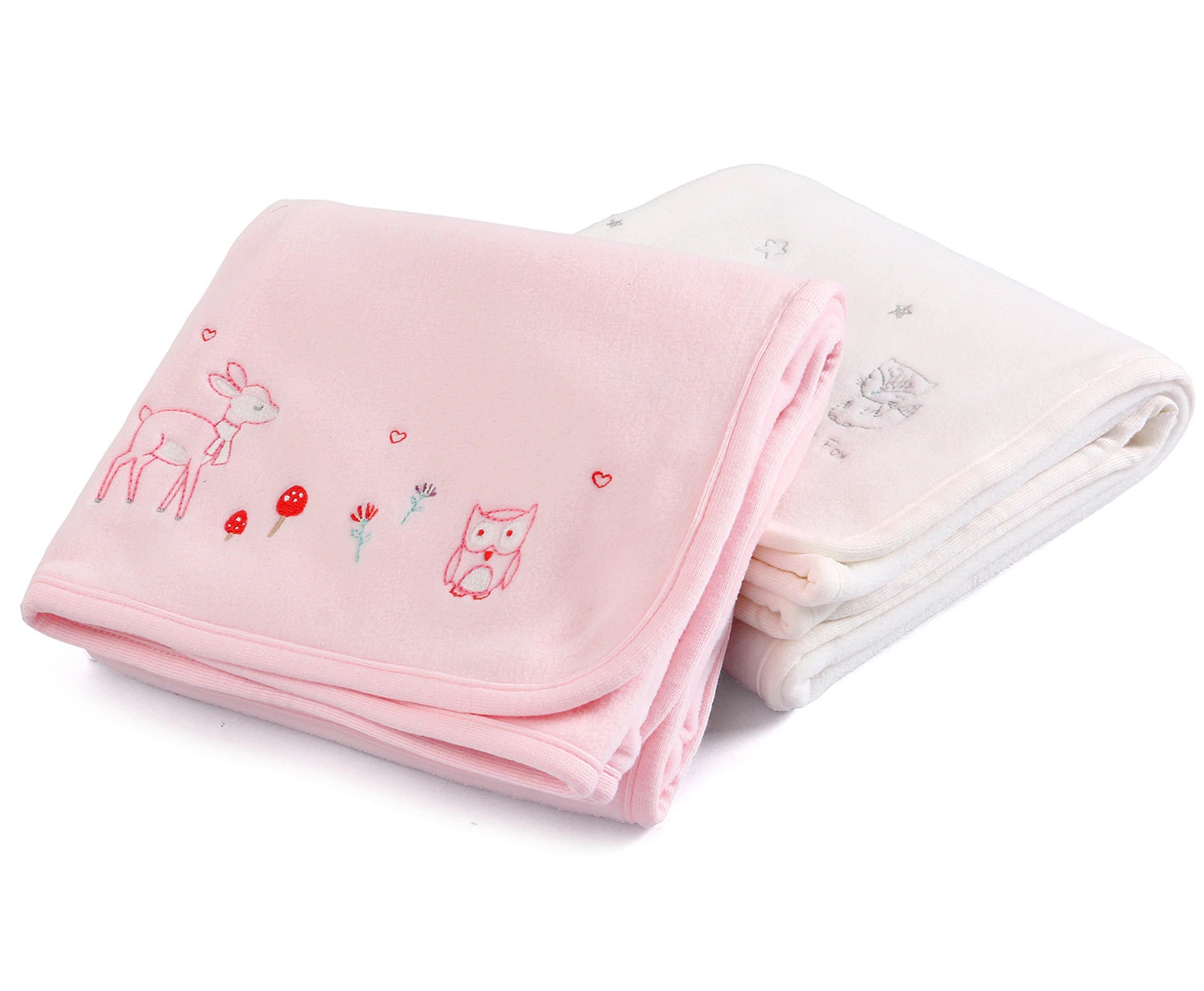

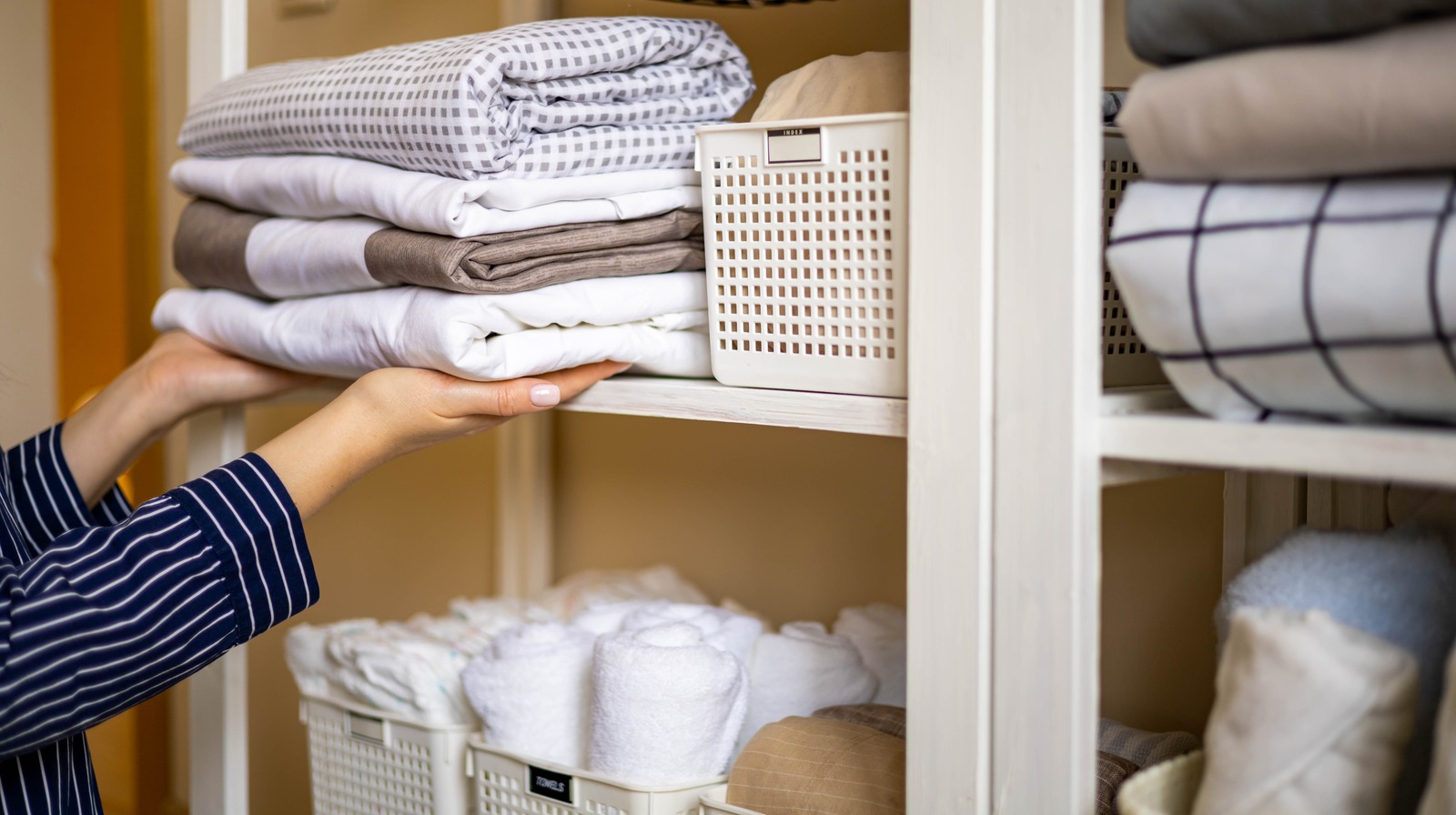
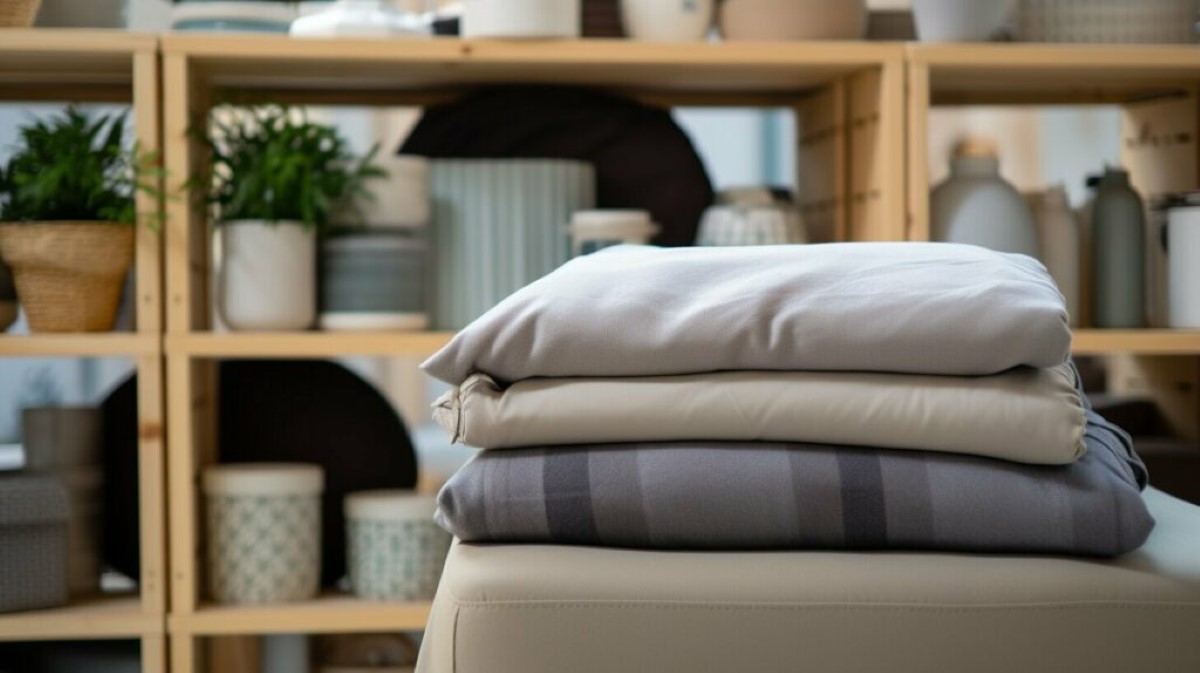
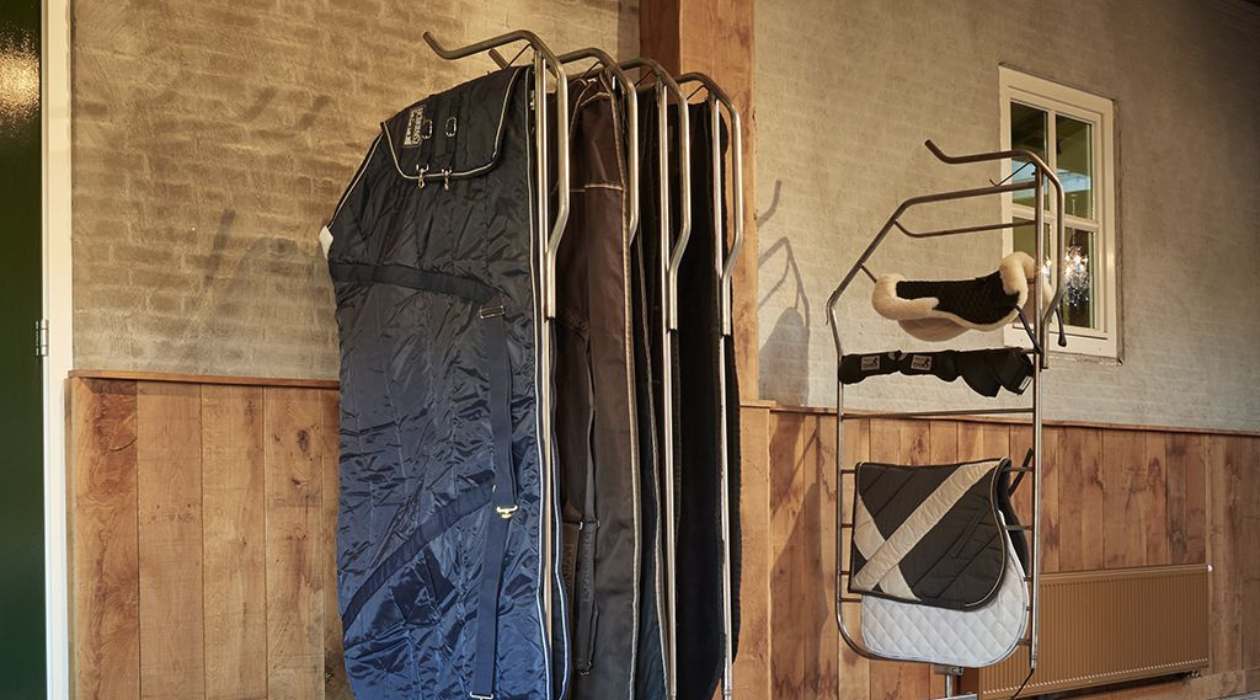
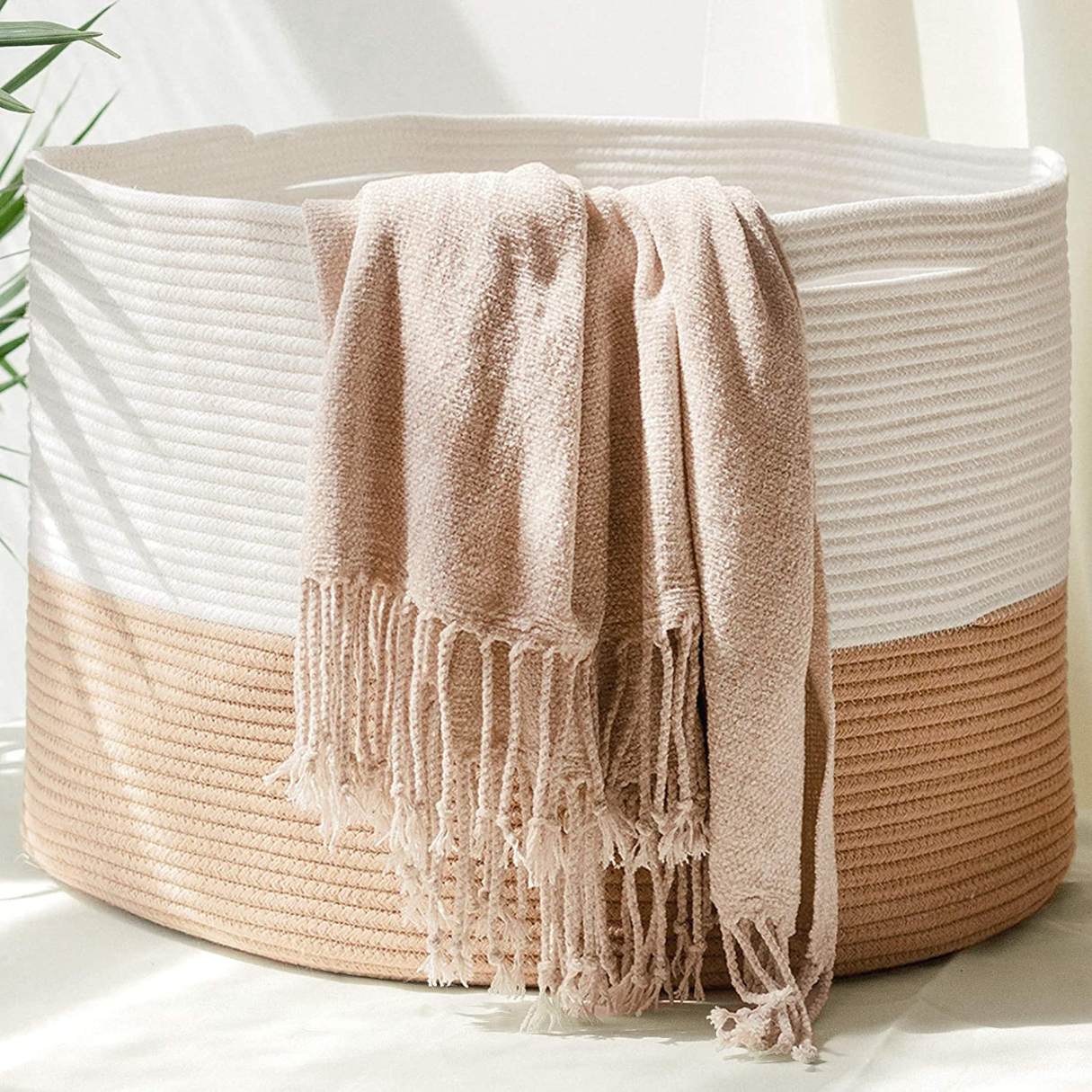
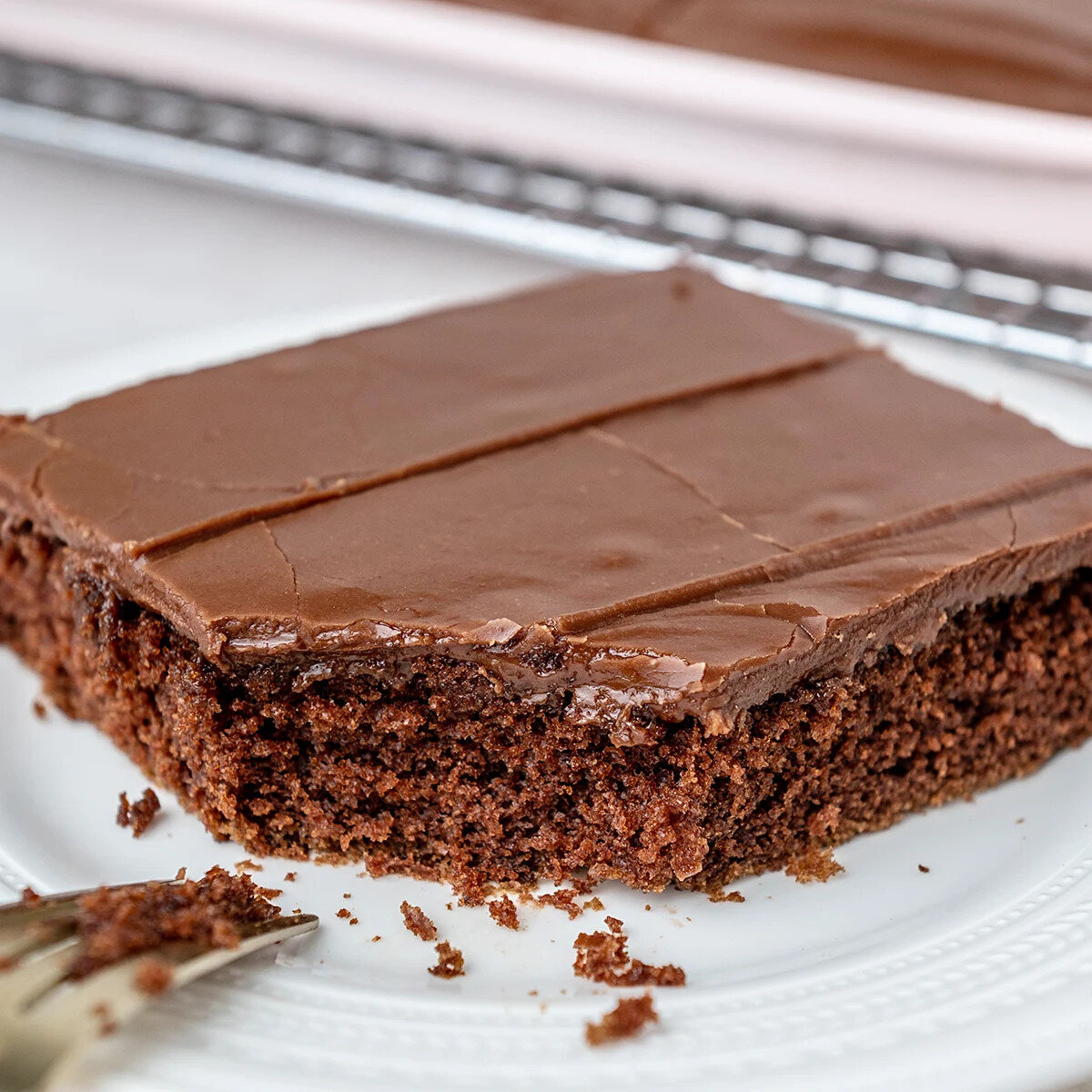

0 thoughts on “How To Store Sheets And Blankets”